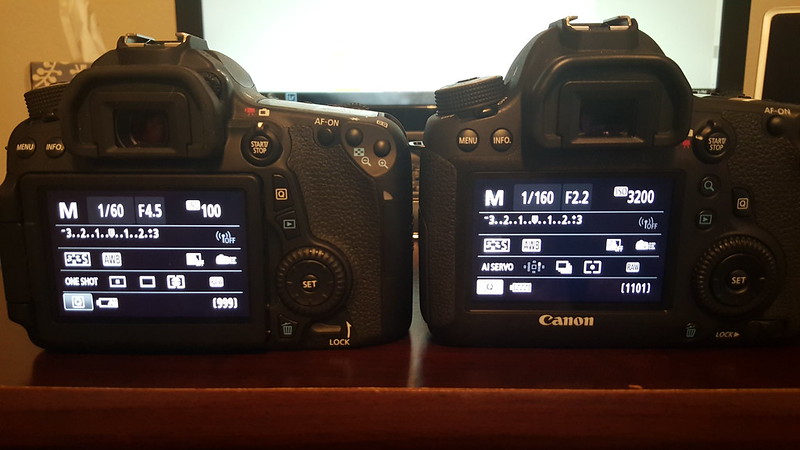OdysseasP said:With the exception of all 61 autofocus sensors which work up to f/8 and 4K video recording up to 60 fps with AF and 9MP still frame grab, Canon EOS 1D X Mark II is a disapointment, both in comparison to the Nikon D5 and as a standalone professional DSLR camera. No auto AF lens micro adjustment as in Nikon D5 (very important especially with the advent of Full Frame Mirrorless cameras such as the Sony a7S Mk II & Sony a7R MkII), 20 linear AF sensors out of 61 in total meaning that the Canon EOS 7D Mark II with its all selectable 65 cross type AF sensors remains the best as far as the total number of selectable cross type AF sensors is concerned while Nikon D5 with its 99 cross type AF sensors is much better at tracking fast erratically moving subjects, at least in theory since neither of these two AF systems have been tested in practise. Thus, since both the Nikon D5 and the Canon EOS 1D X Mark II are specifically targeted towards sports photographers, I believe that the Nikon D5 has a superior AF system for tracking moving subjects as far as still photography is concerned, unless the use of teleconverters brings the maximum lens aperture up to f/8 and/or when even 12 fps aren't enough in order to capture the perfect moment and one is willing to drop resolution to 9MP in order to have 60 fps while has the luxury of spending plenty of time post capture in front of a computer in order to select the perfect moment, in which case the Canon EOS 1D X Mark II with the addition of a much better 4K video recording implementation (duration, AF) becomes the better buy. All in all though, I believe that Canon was way too conservative in its last EOS 1 series body, probably trying to avoid AF issues such as in the recent past by copying Nikon in this instance by keeping essentially the same AF module for another generation, as Nikon did for the last 8 years (D3, D3S, D4, D4S). Canon was just unfortunate that at the time they chose to do so, Nikon brought to the market a radical new AF system which on paper at least looks very impressive while for the last 8 years during which Nikon kept essentially the same AF system, Canon didn't have an equivalent breakthrough. Finally, I would like to say, that both cameras embody the best technology their manufacturers have commercially available at the moment, with each camera strengthening even further the strong points of its manufacturer, either that is the AF algorithm for calculating the future position of a moving subject, low light AF performance, high ISO image quality and battery life in the case of Nikon or AF responsiveness both in lens and in camera body and 4K video implementation in the case of Canon.
I would argue that on paper, Canon's system is still better (except for the -3EV vs -4EV, but I doubt that will hardly make a real world difference). Nikon's AF points are not all user selectable. They have less user selectable points and they are more clustered in the middle of the frame. Also, Canon has double cross type sensors, 5 of them while Nikon has how many?
Upvote
0

